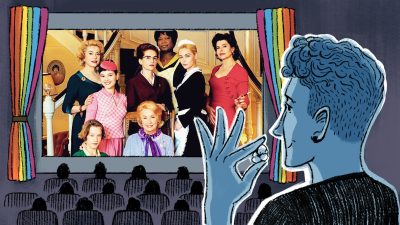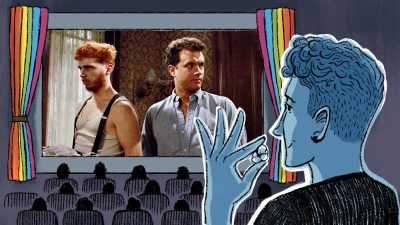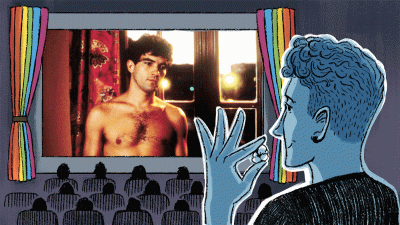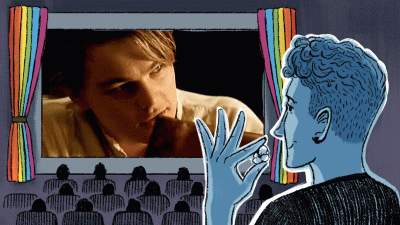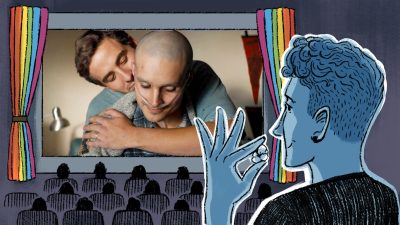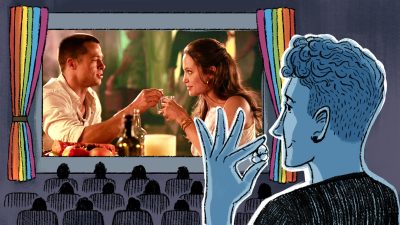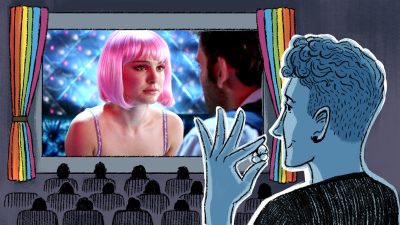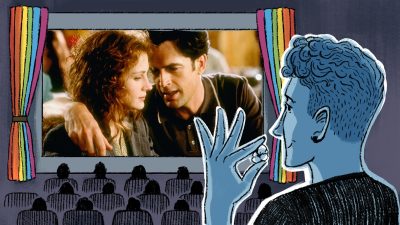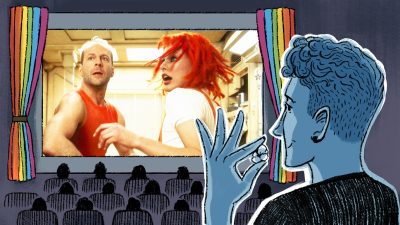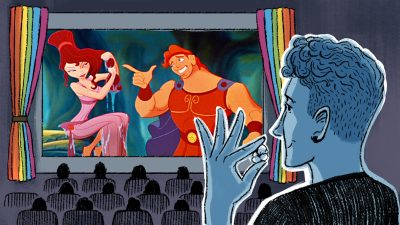Don We Now Our Gay Apparel: Loving the Feminine Glamour of ‘8 femmes’
Ozon’s attention to an archly stylized femininity in ‘8 femmes’ spoke to my own idea of what my own gayness could and would be.
When You Hate the Movie Your Lover Loves: On Tom Hanks in ‘The ’Burbs’
It’s easy to think—as Ray does in ‘The ’Burbs’—that you can know a lot about a person from what they value.
Learning the Laws of Desire from Antonio Banderas (and His Briefs)
Boxers hide. Jockstraps flaunt. Briefs titillate by the very shape they contour and convey.
Posing for a Nude Portrait Taught Me to Separate Desire From Intimacy
When Jack drew Rose like one of his French girls, he didn’t just sketch her; he saw her. It’s a level of intimacy that doesn’t need desire—but that doesn’t make it any less erotic.
Acknowledging Tragedy While Finding Love and Joy in AIDS Films
I gravitate towards AIDS stories because, behind their righteous anger and torturous despair, they lay out visions of couples and communities.
When Popular Films Misrepresent My Country, They Misrepresent Me
When people tell me “I don’t look Colombian,” I’m reminded of how pop culture gets my home country of Colombia wrong—where we are, who we are, and what we can look like.
Sex, Lies, and “Closer”: Lying to Survive as a Queer Kid, as Taught by Natalie Portman
Coming into one’s sexuality, Natalie Portman had taught me, goes hand in hand with learning how to deceive as a means of survival.
In ‘My Best Friend’s Wedding,’ I Found My Gay Role Model: Julia Roberts
There are two gay men in “My Best Friend’s Wedding.” There’s Rupert Everett, then there’s the gay man I wanted to be—Julia Roberts’ character, Julianne Potter.
“The Fifth Element” Was Made For Straight Boys—The Gay Ones Made It For Themselves
My family enjoyed “The Fifth Element” without seeing how queer it was. Did that mean they could not see how queer I was?
How Disney’s Animated Movies Awakened My Queer Imagination
Animation can teach a kid a lot about themselves and the world around them. Disney movies taught me about my queer desires.

